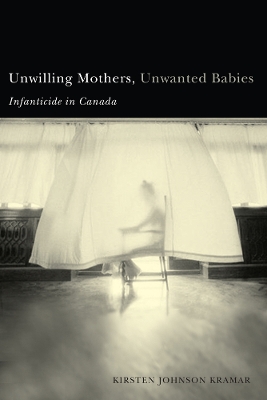Law and Society
1 total work
This book traces twentieth-century Canadian criminal justice responses to women who kill their newly born babies. Initially, juries were reluctant to convict these women of murder since it carried the death penalty. The current “infanticide” law was adopted in 1948 to impose uniformity on legal practice and to ensure a homicide conviction. Even then, prosecutors faced considerable difficulties, but now, amidst media pressure, and with public attitudes possibly hardening, there are calls for the repeal of the infanticide law and the adoption of a draconian framework to deal with these cases.
Kirsten Kramar provides an interdisciplinary feminist approach to the study of infanticide law, examining and linking historical, sociological, and legal scholarship. She examines in detail the legislative history and infanticide case law, as well as the range of relevant medical discourses from the past 100 years. By doing this, she provides a more nuanced approach to the debates around the broader issues of the medicalization of women’s deviance – one that reveals some of the political dangers inherent in hasty critiques of infanticide law, and shows the value of careful interdisciplinary analysis for studies in the history of law and socio-legal relations Drawing on a wide range of original data sources (provincial and federal indictment case files, coroner’s records, reported legal cases, Hansard Parliamentary Debates, official crime statistics, media reports, and expert medical texts), Kramar presents a detailed picture of the developments, revealing the often ironic consequences of attempts to rationalize this area of law. An established feminist critique of “infanticide” as an inappropriately medical concept is shown to have been largely unhelpful, misconstruing the phenomenon’s history and significance, and lending support to calls for a “get tough” approach
Unwilling Mothers, Unwanted Babies makes an important contribution to the international literature on maternal neonaticide as well as the medicalization of deviance, and will be of interest to those working in law, sociology, criminology, women’s studies, and gender history.
